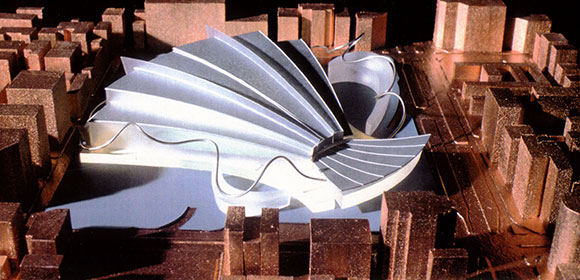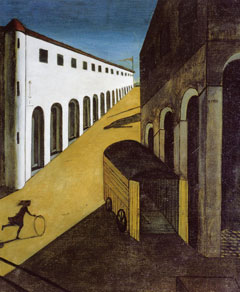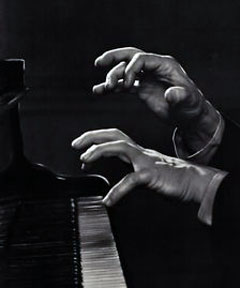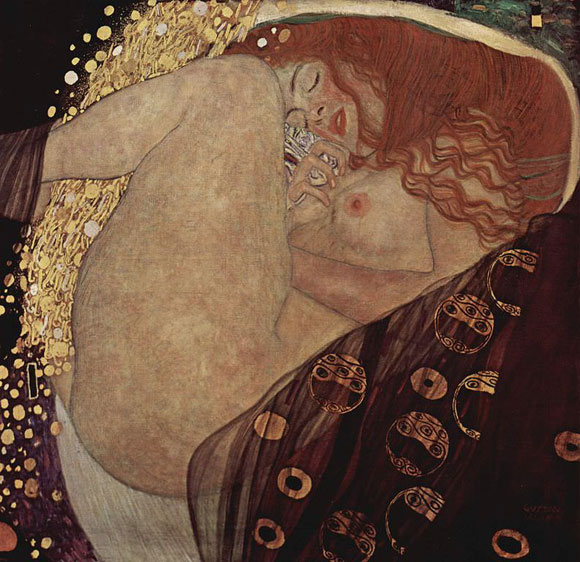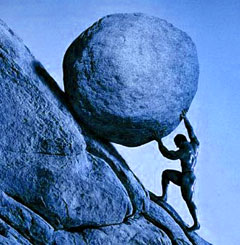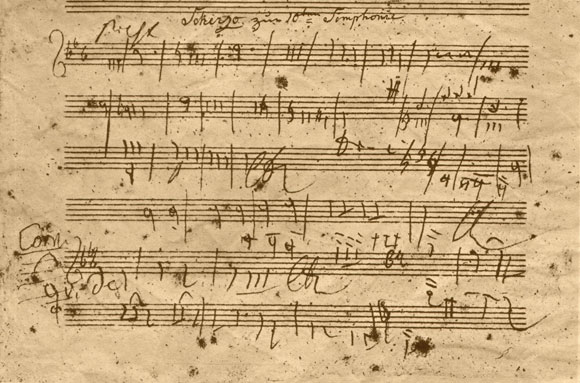#143: NO BED OF ROSES, PART 3 OF 4: THE INTEGRITY OF MISTAKES
Taipei Stadium, Taipei, Taiwan, by Anthony Poon (w/ NBBJ, photo by John Lodge)
“Host Jeff Haber shares conversations with interesting people from all walks of life, using a positive, uplifting and funny approach,” from the podcast series, No Bed of Roses, brought to you by Kenxus. Edited excerpts below are from the full podcast of episode #1030. Take a look at part 1 and part 2.
Jeff Haber: Along with design, you are an accomplished musician. What happened first for you growing up? Did you have a design bug? Did you have a music bug? Did you have any bugs at all? When did it start for you as a child?

Anthony Poon: I would say I had a creative bug as a child. And it wasn’t specifically music or architecture. It was just the interest to make things, to build things, to take things apart. The different areas of my interests—architecture, writing, painting, music—they’re not separate endeavors. It’s all falls under one big umbrella of creativity and trying to communicate ideas through whatever medium I happen to be working on. Writing a musical number is not too much different than designing a Buddhist temple, or writing an essay. So when I was young, I played the piano, I painted, I drew, I played with Lego. It all kind of happened at the same time. It wasn’t a specific “bug.” It was just this interest in exploring and being creative—and the act of discovery.
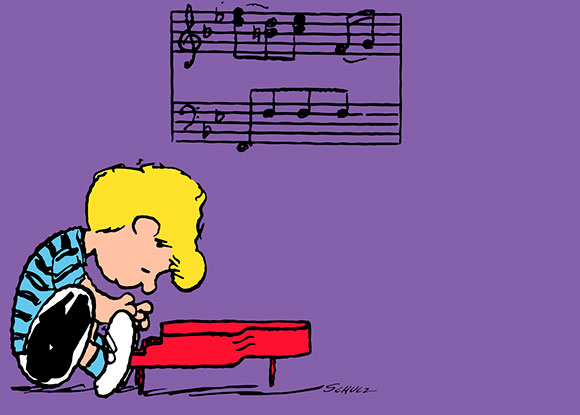
Jeff: You started as a classically-trained pianist. I saw that you were into jazz as well. Do you have something that you’re more drawn to musically?
Anthony: I’m drawn to jazz, probably because I can’t play it. A classically-trained musician and jazz music that is improvised and played spontaneously are two very different things. It’s like asking an opera singer to perform hip hop and rap.

I have spent years of my life learning one classical piece, trying to master every one of those 100,000 notes that fly across the keyboard. One note off and my music teacher would say, “Well, that entire performance is ruined.”
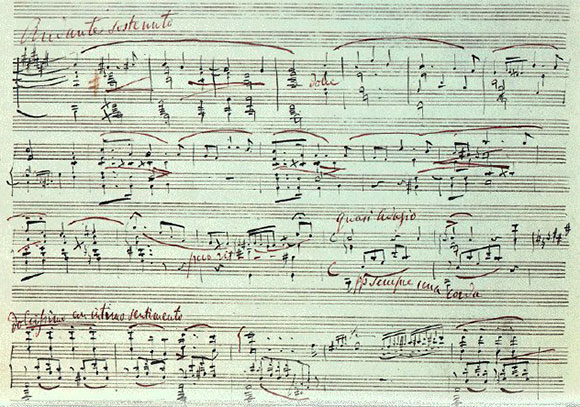
I compare that to jazz musicians who just sit down at the piano or pick up their saxophone, and they just start playing. They’re just making things up. If there’s a mistake, let’s say a pianist hits an off note or the wrong harmony, he will bang that note a few more times to make sure you hear it. And then turn it into something!
That’s a kind of mentality doesn’t exist in my classical training, my pursuit for the absolute truth and perfection. Jazz is about spontaneity and playing impromptu, and it’s just fascinating to me. I’ve also been interested in how this jazz process can apply to the way we design our buildings. This goes back to overlaps and thinking of all this as being under one creative umbrella.
Jeff: For design, do you need to be that specific, as you do it in your approach to classical music?
Anthony: The traditional approach to architecture is kind of like studying classical music. It’s very rigorous, it’s methodical, and it takes years to design and build a building, sometimes decades. And in the sense that one piano note off and the whole performance is ruined relates to one calculation off for a steel truss in a movie theater and the entire roof collapses.

I like to add the jazz process into the creative architectural process, because sometimes I find the design process to be overwrought. I rather see what we can generate by doing things quickly, keeping an even flow of conversation. If we’re designing, let’s just grab whatever tools are at hand; let’s keep it loose and free to see what ideas we come up with. Both approaches, classical music and jazz music, have a place in the architectural process.

